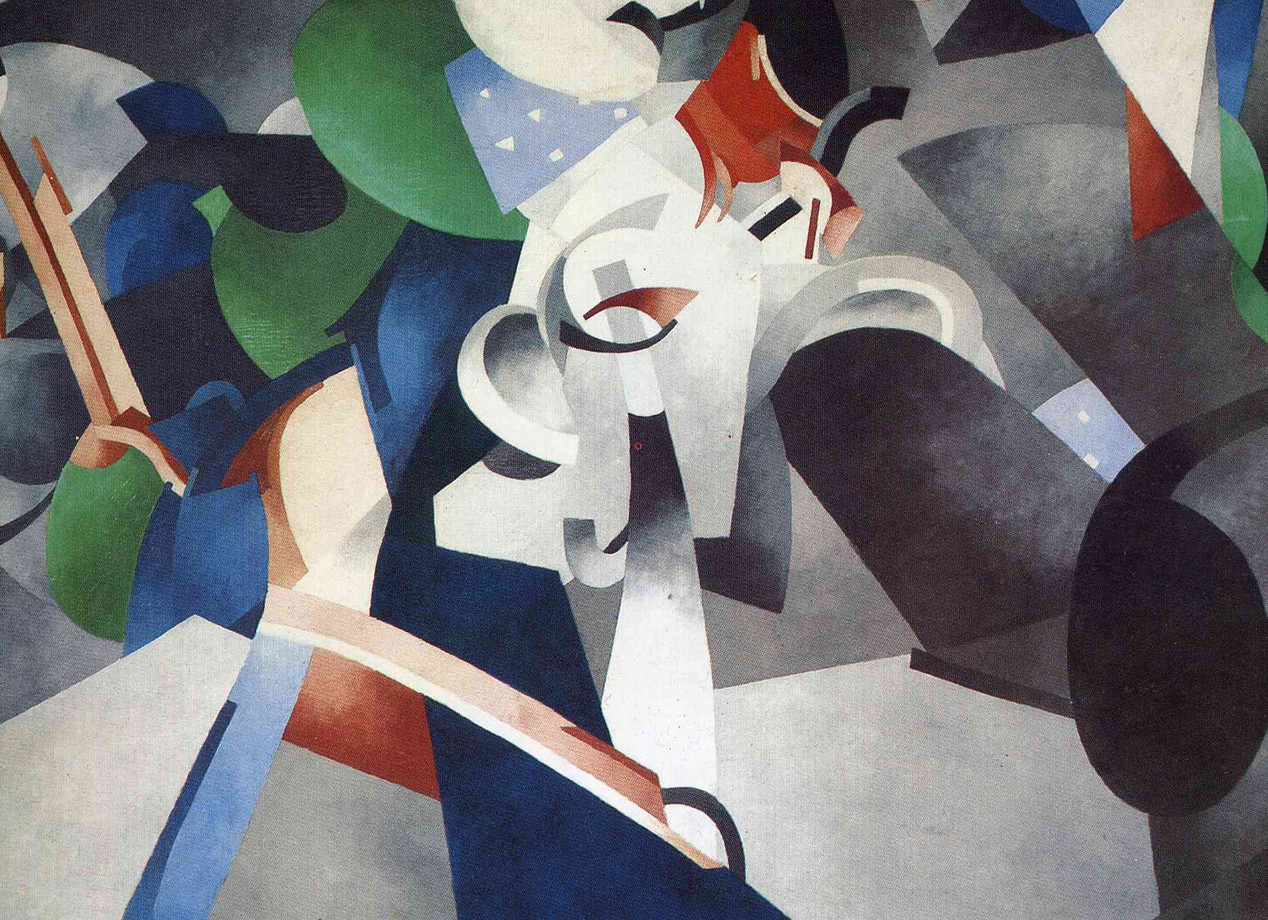Using an interdisciplinary approach and unfolding across two terms, this course will unravel the complexities of a deeply networked and globalized art system. Students will encounter many fresh perspectives on art historical narratives, museological debates and market trends.
The first two weeks, led by Dr David Bellingham, will investigate how visual culture reflected and mediated global socio-political movements, events and ideas from 1600-1900. It will focus on synchronic themes which, although often emanating from the traditional dominant "western" cultures, affected the wider world through trade and imperialism. The subject matter of art will be seen to be as important as art historical movements and styles.
The final two weeks will be led by Ed Leeson, an expert in contemporary art, its markets and wider cultural studies. Students will be encouraged to question the power structures underpinning the popular art market and historical canon, by hearing global perspectives on buying, selling and consuming art. The schedule will combine live online lectures, seminars, and illuminating live interviews with international artists, curators and gallerists.
This course is comprised of two distinct courses that are offered together at a discounted rate. Each course can also be purchased separately. See "Course Dates & Fees" for more information.
This Intensive Course consists of live-streamed lectures and discussions. Recordings of the live sessions are accessible anytime during the course via our online learning platform, Canvas.
Students will learn:
- Introduce the key religious, philosophical, economic and socio-political movements which influenced the production and consumption of art from 1600-1900
- Provide a background and foundation for "Global Art History: 1900-the present-day"
- Understand how traditional royal and aristocratic patronage led to broader bourgeois collecting and display boosting supply and demand for art objects and galleries
- Investigate how developments in replication techniques, industry, trade and travel facilitated the dissemination of artistic material and ideas
- Explore how warfare, slavery and political reforms affected the patronage, style and content of art
reflect on how the increasing democratization of art and the fashion for public display arenas brought visual culture to a wider audience - Study the dynamics of the art market from the first dealers, auction houses and galleries through to the pioneering international art marketing and branding by Durand-Ruel of Impressionism and Post-Impressionism
- A critical understanding of various art movements and practices during the 20th and 21st centuries
- How to engage in the key debates of the global contemporary art markets
- To be able to connect art world phenomena in the late Modern and Contemporary period
- A comprehensive grasp of the complexities of a global art history, through live interviews with international artists and cultural workers
